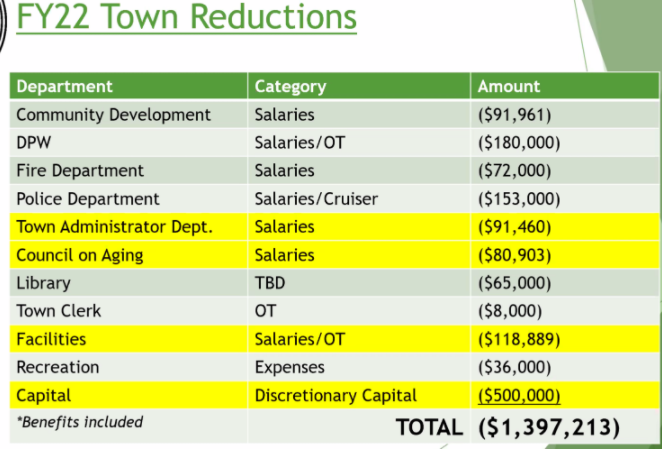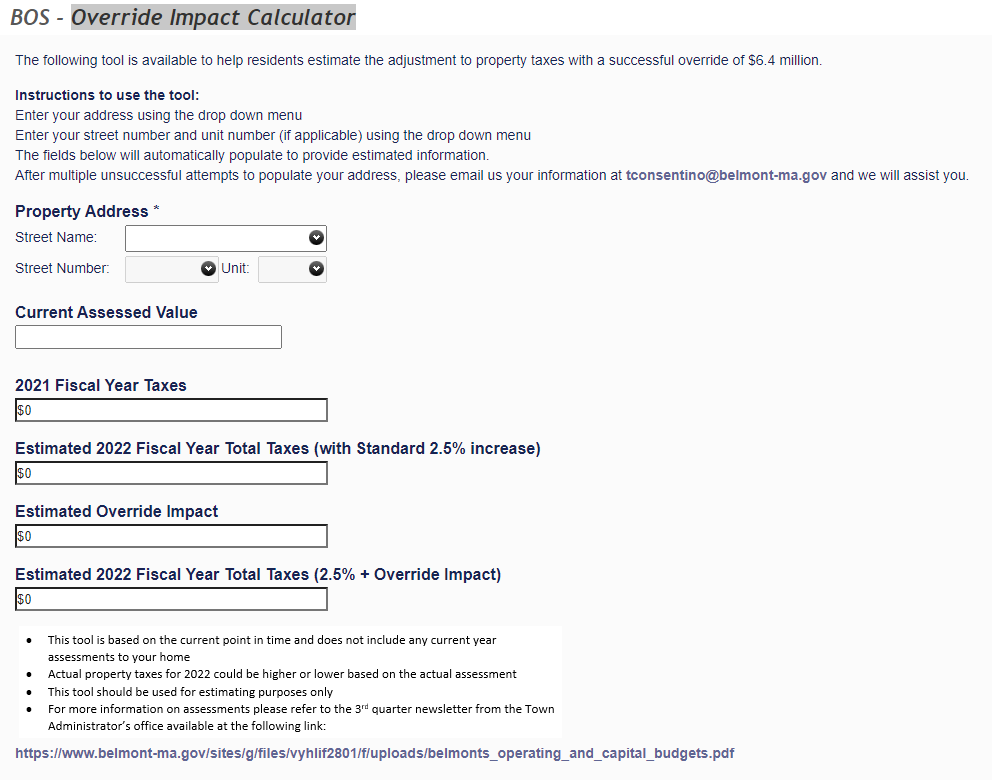Photo:
Unless a crowd of masked residents waving nomination papers show up outside Town Hall on Tuesday, Feb. 16, it’s likely only two of Belmont’s eight precincts will have competitive races to fill Town Meeting seats up for grabs at the Town Election on April 6.
A draft ballot produced by Belmont Town Clerk Ellen Cushman’s office on Thursday, Feb. 12 – four days before the nomination deadline on Tuesday, Feb. 16 at 5 p.m. – indicated that residents in Precinct 3 and Precinct 6 will have competitive races for Town Meeting. Three precincts (2, 5 and 8) have the required 12 candidates running.
- Precinct 1: 11 of 12 including one one-year term still wanting a candidate.
- Precinct 2: 12 of 12 including one candidate for a two-year seat and no one for the single-year term.
- Precinct 3: 13 for 12
- Precinct 4: 10 for 12 including no takers for a two-year term
- Precinct 5: 12 for 12
- Precinct 6: 14 for 12
- Precinct 7: 9 for 12 and no one seeking the one-year term.
- Precinct 8: 12 for 12 with a candidate for the lone two-year seat.
In four of the precincts, partial term seats – for either one or two years to fill the terms of Town Meeting Members who relinquished their posts – have not attracted a candidate.
If you have taken nomination papers out but have not yet turned them in, there’s still time. The deadline to turn in nomination papers is Tuesday, Feb. 16 at 5 p.m. DO NOT put them into the Town Clerk’s drop box; make sure you call the Clerk’s Office at 617-993-2603 when you arrive at Town Hall. We prefer papers turned in at 9 p.m. and 3 p.m. but on Tuesday, we will take them anytime.



